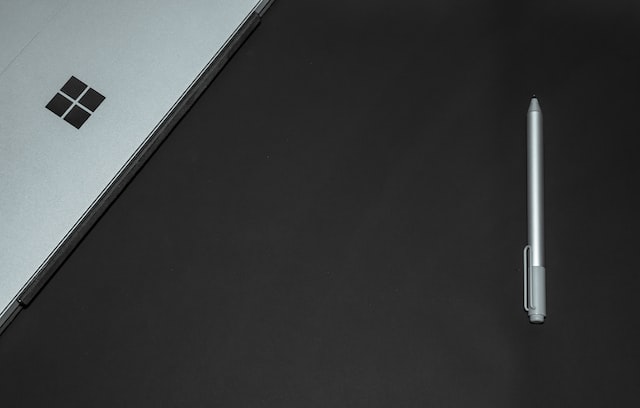The question “How Much Space does Windows 10 Take Up?” comes up frequently. For Windows 10 64-bit, I would estimate between 11 and 15 GB.
When compared to earlier versions of Windows, why does Windows 10 need so much room? Well, let’s find out.
Explain Windows 10 to me.
As a member of the Windows NT family, Windows 10 is a computer operating system created and distributed by Microsoft. On July 29, 2015, it was made public.

This update brings back the start menu from earlier Windows versions and includes the Xbox app and windowed store apps that were included to the current “mainstream” release of Windows 10.
How Much Storage Space does Windows 10 Actually Require?
We tested how many copies of Windows 10 could be installed on a 32GB, 64GB, 128GB, and 256GB SSD to ease the minds of customers who are wary of making a computer update due to space concerns. Based on our benchmarks, 128GB was shown to be the optimal balance of speed and storage space.
Partitions
When you look at your C drive, you’ll notice two partitions with drive letters: one is labelled System Reserved (100 MB), and the other has no label (the actual disc space taken). We suggest upgrading to a bigger hard disc if your storage needs exceed 20 GB.
Please get in touch using the form below if you’d like more details on how much room Windows 10 requires on your device.
And What if you don’t Upgrade Your Storage?
If you recently purchased a laptop with 32 GB of storage space, you have two options: use a cloud service like Dropbox or Box, or clean off your hard drive. If you’re leaning toward Option 2, you’ve come to the right place for guidance.
To set up
Windows requires 16 GB of space, as stated on the official Microsoft website. This includes the operating system and any other factory-installed software like Solitaire Collection, but it doesn’t prevent you from installing new software thereafter.
Because of this, we strongly advise against installing Windows 10 on a computer with a 32 GB hard drive, as only 16 GB will actually be used. There are, however, a number of things that may be done if you’re ready to make some concessions in order to make things run smoothly.
Ways to Free Up Disc Space for Windows 10
Step 1. Before Beginning the installation process, it is imperative that all Files be Removed From the Computer.
After inputting the product key, Windows 10 Setup may use about 3 GB of disc space. However, as time goes on and you begin using Windows 10, the size of the operating system will increase due to the accumulation of various updates and temporary files. Get rid of everything that can be removed before you begin installing.
Step 2. Remove Unused Software.
Games that often consume more than 1 GB of storage space fall under this category. By doing so, you can free up disc space for Windows 10 and your own files (assuming of course that you like everything to stay where it belongs).
Step 3. Simply Reinstall Windows 10 from the Beginning.
After you have removed all unnecessary software and programmes and have only a few hundred megabytes of disc space remaining, a clean installation of Windows 10 can be performed. To stop your device from updating automatically, you can turn off the “Update & security” option in Settings. This way, you won’t have to waste time and data transfer capacity downloading upgrades that total several gigabytes in size.
Step 4. Exit all Running Programmes and Restart the System.
Now that fewer services are active at once, Windows 10 should boot up significantly more quickly. The installation procedure is also much quicker without all of the other software that would normally be on your computer.
Step 5. Give Yourself Some Breathing Room
Make sure you leave enough of free space on your hard drive before installing Windows 10, or else you might have to start over (the installer usually asks for 16 or 20 GB). If you have disabled automatic updates, you should switch them back on immediately since they are crucial to maintaining the safety of your computer.
Step 6. Take Away Any Software that Came with the System.
Many of the programmes that come with Windows 10 can be uninstalled using the Settings menu once the operating system has been installed. After that, you’ll have roughly 15 GB of available storage, which is plenty of room for a few games and a few other apps.
Step 7. Reclaim Disc Space
Disk Cleanup is accessible via the right-click menu after selecting the C: drive’s Properties. Select the things you don’t want -> The ‘Cleanup System Files’ option should be selected.









































